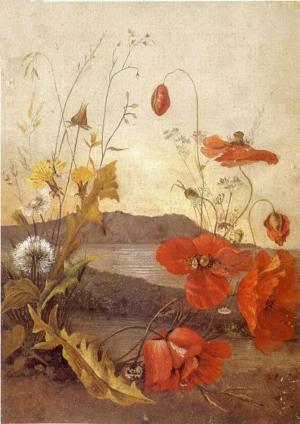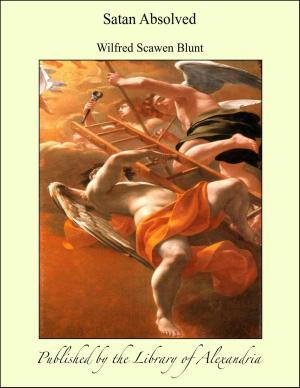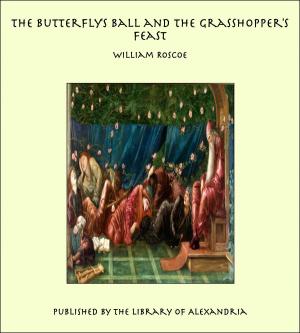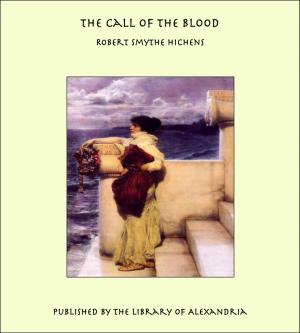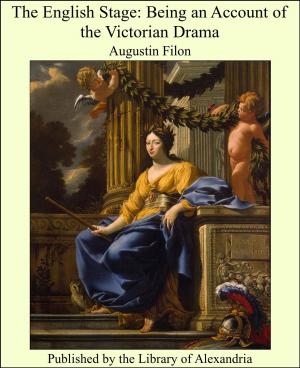| Author: | David Fairchild | ISBN: | 9781465542786 |
| Publisher: | Library of Alexandria | Publication: | March 8, 2015 |
| Imprint: | Language: | English |
| Author: | David Fairchild |
| ISBN: | 9781465542786 |
| Publisher: | Library of Alexandria |
| Publication: | March 8, 2015 |
| Imprint: | |
| Language: | English |
HOW THE MONSTER PHOTOGRAPHS WERE TAKEN If you compare these photographs with those to be found in most books on insects, you will find that they differ in several particulars. They are all either front views or side views of the creatures, whereas those in books on entomology are generally views from above. Imagine a book on the horse in which only top views were shown, or a guide to a zoölogical garden illustrated with the various wild beasts photographed from above. It is true that, being an much larger, we generally look down at these monsters, but a mouse also generally runs along the floor or under our feet and yet a zoölogist pictures it from the same point of view that he does an elephant. Crows look down upon us, yet I imagine that no one will admit that the crow’s impression of human beings is as correct or as interesting as that which we have of ourselves. Every creature has a right to be portrayed from its own level, and the reason these photographs are unusual is because they carry out this principle and do each creature justice. another particular in which these pictures are new is that, although they represent magnifications of from five to twenty diameters, they are not enlargements from small photographs, but views taken directly from 5 × 7 photographic negatives. Then too, these creatures have been posed with considerable care in order to give them a lifelike appearance, and this work was done immediately after they had been anesthetized, and in some cases while they were still alive. The whole art of taking these large photographs of insects is so simple that thousands of amateurs ought to be able to take them
HOW THE MONSTER PHOTOGRAPHS WERE TAKEN If you compare these photographs with those to be found in most books on insects, you will find that they differ in several particulars. They are all either front views or side views of the creatures, whereas those in books on entomology are generally views from above. Imagine a book on the horse in which only top views were shown, or a guide to a zoölogical garden illustrated with the various wild beasts photographed from above. It is true that, being an much larger, we generally look down at these monsters, but a mouse also generally runs along the floor or under our feet and yet a zoölogist pictures it from the same point of view that he does an elephant. Crows look down upon us, yet I imagine that no one will admit that the crow’s impression of human beings is as correct or as interesting as that which we have of ourselves. Every creature has a right to be portrayed from its own level, and the reason these photographs are unusual is because they carry out this principle and do each creature justice. another particular in which these pictures are new is that, although they represent magnifications of from five to twenty diameters, they are not enlargements from small photographs, but views taken directly from 5 × 7 photographic negatives. Then too, these creatures have been posed with considerable care in order to give them a lifelike appearance, and this work was done immediately after they had been anesthetized, and in some cases while they were still alive. The whole art of taking these large photographs of insects is so simple that thousands of amateurs ought to be able to take them



